Pressure from capital costs
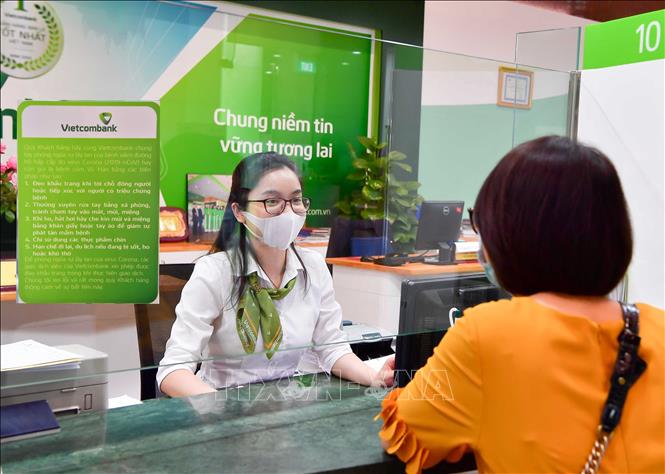
According to many bank leaders, NIM in the last quarter was under strong downward pressure from two main factors: increased capital costs and decreased asset yields. Tight liquidity pushed up the cost of mobilized capital, while asset yields decreased because banks maintained interest rate support policies for businesses and customers, while increasing the proportion of corporate credit in the context of retail credit not recovering.
The pressure on capital costs is also evident in the loan-to-deposit ratio (LDR) at many banks exceeding 100%, even reaching 110% for the entire industry. To ensure capital sources for high credit demand at the end of the year, many banks had to increase deposit interest rates, especially in November when small-scale banks adjusted personal savings interest rates. Meanwhile, the lending interest rate level could not increase correspondingly due to the need to support the economy , causing NIM to continue to narrow.
Statistics from FiinGroup Joint Stock Company show that the average NIM of 27 banks only reached 3%, down 0.1 percentage points compared to the second quarter and 0.3 percentage points compared to the same period, the lowest level since the fourth quarter of 2018. State-owned commercial banks such as Vietnam Joint Stock Commercial Bank for Foreign Trade (Vietcombank), Vietnam Joint Stock Commercial Bank for Investment and Development (BIDV), Vietnam Joint Stock Commercial Bank for Industry and Trade (VietinBank) still maintained NIM in the range of 2% to 2.6% due to keeping low lending interest rates to support the market, despite increased mobilization costs. On the side of joint stock commercial banks, the average NIM decreased from 3.6% to 3.4%, the lowest level in many years. Some banks recorded a sharp decrease such as Saigon - Hanoi Commercial Joint Stock Bank (SHB ) with a decrease of 2 percentage points compared to the second quarter and 2.1 percentage points compared to the same period; or Ho Chi Minh City Development Joint Stock Commercial Bank (HDBank) decreased by 1.2 percentage points compared to the second quarter and the same period.
However, there are still banks that recorded a slight recovery thanks to maintaining credit growth and a high proportion of retail loans such as Saigon Thuong Tin Commercial Joint Stock Bank (Sacombank), Vietnam Prosperity Joint Stock Commercial Bank (VPBank), Orient Commercial Joint Stock Bank (OCB), Military Commercial Joint Stock Bank (MB) and International Commercial Joint Stock Bank (VIB); in which Sacombank was also supported by interest income recorded from restructuring loans at Phong Phu Industrial Park. In the system, VPBank continued to maintain the highest NIM ratio of 5.2%, although still 0.6 percentage points lower than the same period.
In fact, many banks have started to slightly increase lending rates after a long period of implementing preferential loan packages. At the same time, many banks focus on optimizing operating costs by narrowing the physical network, digital transformation and automation, helping to reduce fixed costs and partly offset the decline in net interest margins.
Experts from Vietcombank Securities Company Limited (VCBS) believe that lending interest rates may increase slightly to offset NIM, but in general, they will remain low to support production, business and ensure system safety. Sharing the same view, BIDV Securities Joint Stock Company (BSC) also believes that NIM will find it difficult to return to the previous average level of over 4% due to competitive pressure on mobilization and lending, forcing banks to accept thinner profit margins to expand scale and retain customers.
Recovery prospects
Although the pressure on NIM in the short term is still large, many experts believe that NIM can improve next year when public investment activities are boosted. When public investment funds are disbursed, system liquidity becomes more abundant, helping to reduce mobilization pressure and reduce input capital costs. At the same time, public investment plays a leading role in economic growth, thereby stimulating credit demand, creating conditions to help improve asset yields and support profit margins.
In addition to market factors, banks are also proactively restructuring their credit portfolios and capital sources to create room for NIM recovery. Vietnam Technological and Commercial Joint Stock Bank (Techcombank) focuses on increasing the ratio of non-term deposits (CASA) and promoting personal credit, especially unsecured loan products with higher profit margins. Asia Commercial Joint Stock Bank (ACB) is also restructuring its credit portfolio to focus on profitable products, while researching and developing new mobilization products with flexible interest rate structures to optimize capital costs.
In the long term, expanding the cross-selling ecosystem and increasing non-interest income, such as the trend of establishing life insurance companies following the model of Techcombank or VPBank, is expected to help banks reduce their dependence on traditional net interest margins.
The banking sector’s NIM is at its lowest level in many years due to the sharp increase in funding costs and pressure to support the economy. However, proactive capital restructuring, cost control, shift to retail and credit segments and advantages from public investment can create a foundation for NIM to recover from 2026.
In the current challenging context, banks with cheap capital, high CASA, strong digital ecosystems and the ability to diversify revenue sources will continue to maintain their competitive advantage and better resilience to market fluctuations.
Source: https://baotintuc.vn/tai-chinh-ngan-hang/bien-lai-rong-ngan-hang-tiep-tuc-chiu-ap-luc-cuoi-nam-20251121195216630.htm



![[Photo] General Secretary To Lam receives President of the Senate of the Czech Republic Milos Vystrcil](/_next/image?url=https%3A%2F%2Fvphoto.vietnam.vn%2Fthumb%2F1200x675%2Fvietnam%2Fresource%2FIMAGE%2F2025%2F11%2F21%2F1763723946294_ndo_br_1-8401-jpg.webp&w=3840&q=75)
![[Photo] President Luong Cuong receives Speaker of the Korean National Assembly Woo Won Shik](/_next/image?url=https%3A%2F%2Fvphoto.vietnam.vn%2Fthumb%2F1200x675%2Fvietnam%2Fresource%2FIMAGE%2F2025%2F11%2F21%2F1763720046458_ndo_br_1-jpg.webp&w=3840&q=75)
![[Photo] Visit Hung Yen to admire the "wooden masterpiece" pagoda in the heart of the Northern Delta](/_next/image?url=https%3A%2F%2Fvphoto.vietnam.vn%2Fthumb%2F1200x675%2Fvietnam%2Fresource%2FIMAGE%2F2025%2F11%2F21%2F1763716446000_a1-bnd-8471-1769-jpg.webp&w=3840&q=75)

![[Photo] National Assembly Chairman Tran Thanh Man holds talks with President of the Senate of the Czech Republic Milos Vystrcil](/_next/image?url=https%3A%2F%2Fvphoto.vietnam.vn%2Fthumb%2F1200x675%2Fvietnam%2Fresource%2FIMAGE%2F2025%2F11%2F21%2F1763715853195_ndo_br_bnd-6440-jpg.webp&w=3840&q=75)
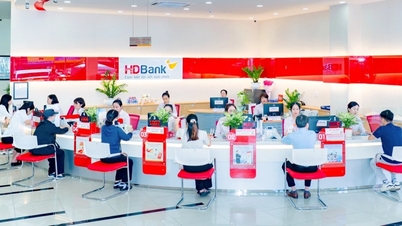







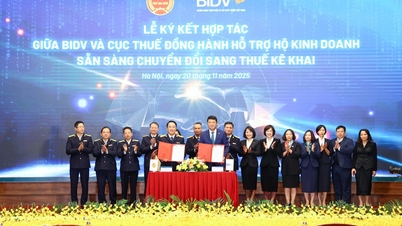

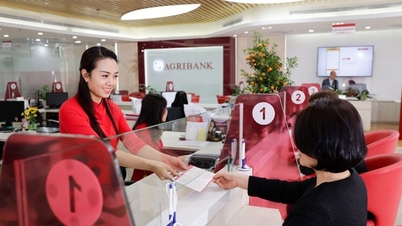
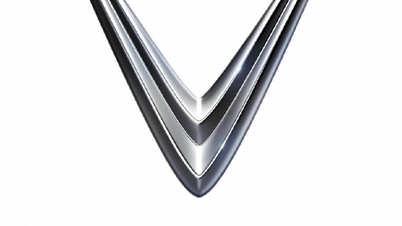
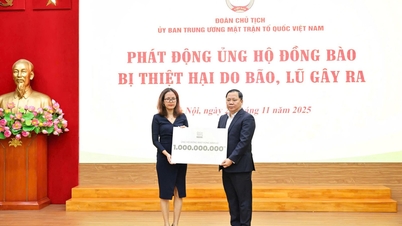





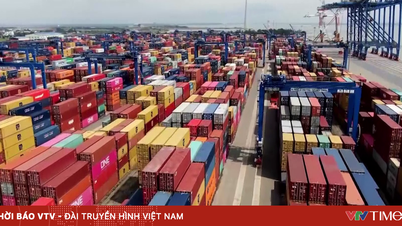




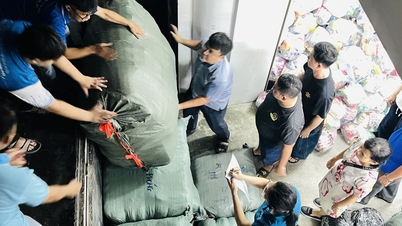





























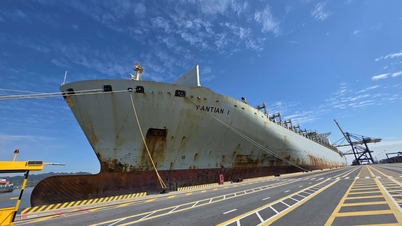
















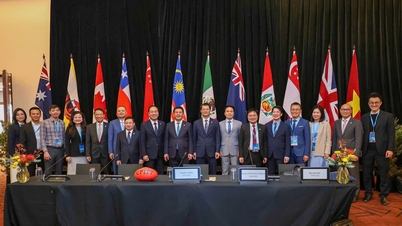
































Comment (0)